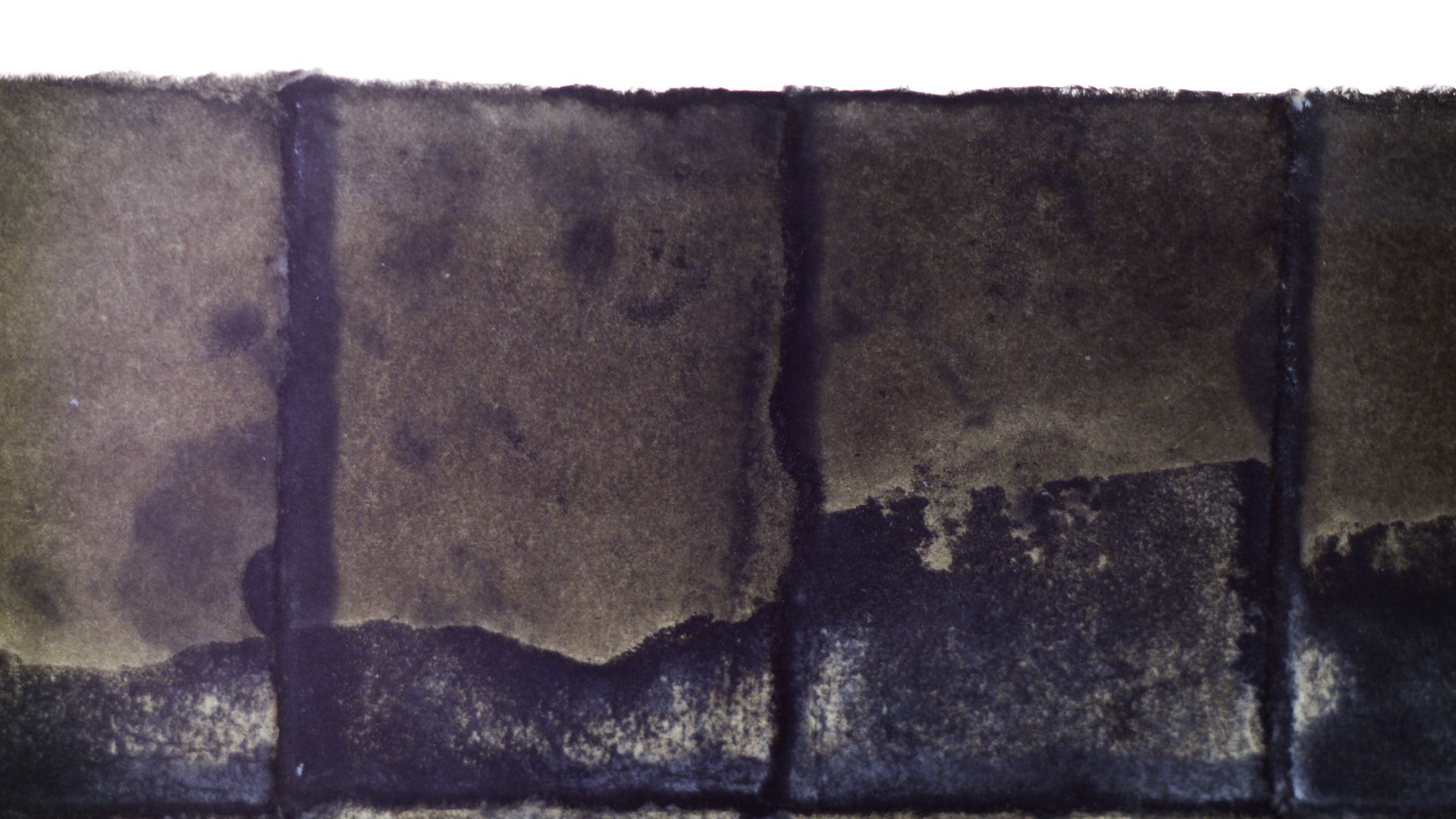Translation
Jenifer Bost
Index
The paper’s body
I start by choosing a sheet of paper, mainly for its size, and I study it.
I look at it, I hold it, weigh it, fondle it, rub it against my cheeks.
I look at how it interacts with light, how it absorbs it and spits it out.
I observe how transparent the shades of its grain become when the sun brushes it.
I wonder how bright it is.
I look at it as if gazing at a face.
Now that we know each other, we want each other. I lay the sheet of paper on a table with the same care given to a sacrificial victim and, bare-fingered, without any tools, I fold down the edges so that they embrace each other.
From this union, which had never occurred before and will never occur again, a crease is born. I unfold the sheet and turn it over to perform the same action on the back, and unfold it again.
Both of us know that at the crease the paper has become so frail that it can’t be saved, but for the crisis; that for the whole to be turned into something, severance will be inevitable. One will become two, and there is no going back.
Each paper is like a world; not like pixels.
Torn apart by separation
The ritual of meticulous handiwork starts again until getting 2, 4, 8, 16, 32, 64, 128, 256… sections of the format. Whatever size the resulting pieces are, they will all have the same length / width ratio as the original one. It is homothety.
The creases look like bulges. Straight growths which divide the surface of the sheet into squares and upset its core structure. They encourage rupture. Then, with my hands firmly and flatly set on each side of the line, the paper rips, slowly, just as you could imagine the continents drift. The edges pill.
The disheveled fringes look at us, orphaned, and tearfully testify to an act which, despite its sensitivity and consideration, is violence.
Indeed the paper’s flesh is exposed and bleeding. Sometimes, the tearing apart of the piece’s parts, similar to stretch marks, may even reveal ramified webs shading the light.
The scratched, ruffled, noisy-edged sheet has indeed become smaller, but now it is many.
Ran4 - Tearing papers / Music by Philippe Katerine: "Parlez-vous anglais M. Katerine?"
Mistreating and colouring
Before we met, the sheet was lying. Now it is rising, one small piece on top of another. A fragile, well-balanced gravestone. What used to be a flat area is increasing in volume, waiting for others to join it.
Now come the times of education, mistreatment and tools.
To proceed properly, you need to anticipate, envision the final piece, and organise the handicraft which aims to absorb the light in order to better return it.
For the paper, the work of monotyping is becoming something of experience, of accelerated old age, of traces and scars.
And, as you need to play devil’s advocate, if I see blue I use some orange, if I imagine green I paint some red, if I feel smooth I lay some grain, and so on, for each and every thing.
World of reflection, the negative of what it is aimed at, truth from the depth of the retina – the one that comes before the brain and perception takes action. If it turns out that the paper is stubborn, then it must be softened, disintegrated, confused without it noticing– watered, embossed.
The lessons are pounded into its body, instilled in it. It is trapped : there is no going back.
By scrupulously respecting this grammar, by utterly exploiting my strict abilities, the accident occurs – going off the road, unexpectedly.
You have to be exhausted, to have entered a body that has become mechanical and oblivious in order for the hardships to fall from the sky, as well as the harrowing and wonderful surprises that chance brings along.
Only then is it kind to give the papers a rest – as groups, side by side, as family, as friends.
After some time the process starts again. The very first idea comes to rest on the skin, and the orange gets covered in blue, the red mixes with the green, the grain is smoothed and blanks are filled. All sorts of bacteria, pigments, spices and plants, all part of my immediate environment, join in.
At that point the papers have already been through several tonnes of pressure between the rollers of the press, which is glad to have achieved its work. These smashed paper bodies are no longer completely transparent, but show through from the surface to the bottom, and you can read them just as you can read someone’s eyes.
Then, at last, it is kind to give the papers a rest – as groups, side by side, as family, as friends.
Ran4 - Color - "I would like to give as much love taht i received" / Music: Philippe Katerine: "78-2008"
The reunion, the crowd and the people.
Healed, serene and whole, the monotypes and I are ready to perfect the piece ; to make each individual’s inner world emerge.
I take them out of the line and lay them one by one on the ground. Formations are done and undone. Lines move. Strategies are forged. Little by little the group is born. A unit appears, the figure becomes a number and the number ends up being an entity.
Landscape, body, map, face, skies, universe, armour, crowds, culture, people or ocean : it doesn’t matter how it is named, as long as it is whole. Lasting or ephemeral, free or placed in a coffin, it will be a joint decision by colour and paper. As a mere notary, I will ensure that will be done.

